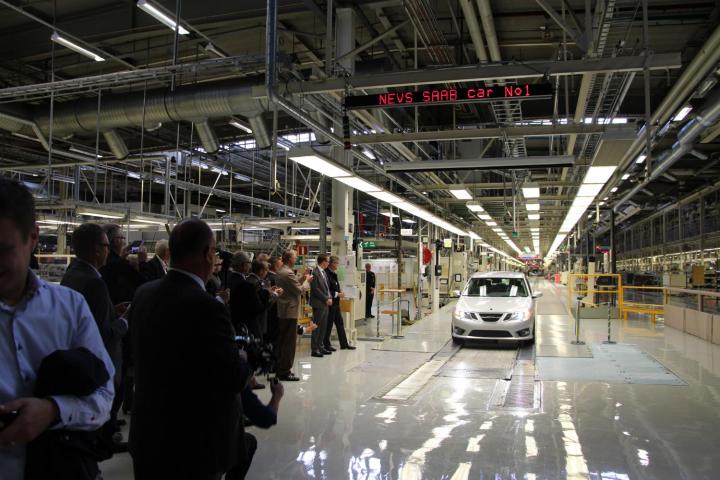
Saab has risen from the grave and it wants your brains! Errrr … Euros.
That’s right; the previously-defunct Swedish automaker is producing cars again.
The reborn 9-3s are the first Saabs to roll of the – troll infested – Trollhatten production line in nearly two years.
Don’t get it wrong, though. These cars aren’t actually new, they’re updated versions of the 2012 Saab 9-3 destined for sale in China. From the information available, Saab won’t be returning to the United States anytime soon. That’s a shame because Saab is a favorite of ours at Digital Trends, and it might have an interesting future ahead of it.
To understand where it’s going, it’s useful to go through a brief refresher on where Saab has been. When GM imploded under the weight of its own managerial acumen in 2010, it sold off Saab to minuscule Dutch carmaker Spyker. Unsurprisingly, this handful of Dutchmen armed with a mere fist-full of cash was unable to right Saab’s ship, and the company went under by the end of 2011.
Since then, several ambitious witchdoctors have pooled their forces to bring Saab back from the dead. The odd group prominently features National Electric Vehicle Sweden (NEVS) and the investment arm of Chinese city Qingdao.
Together, they are brining back the 9-3. Though the model going on sale in 2014 will be little different from the one that went down with the ship in 2011, the car has an interesting future ahead of it.
According to Reuters, NEVS will be designing a full-on EV version of the car that will go on sale in 2015. This is good and bad news.
Saab is precisely the car company you want to make an EV, they have always been known for intriguing, stylish cars with a unique personality. The downside is that we almost certainly won’t be getting it in the United States.
That, too, is a shame. But none the less, we at Digital Trends wish Saab, its new owners, and the trolls of Trollhattan well.


